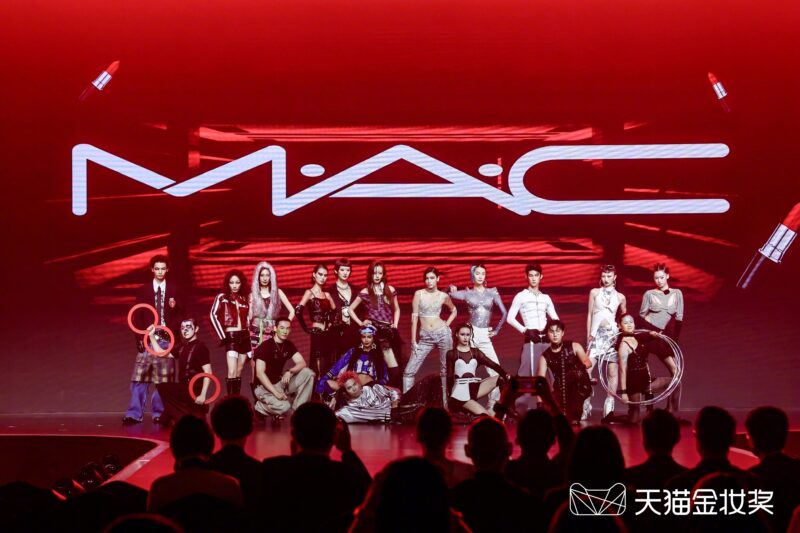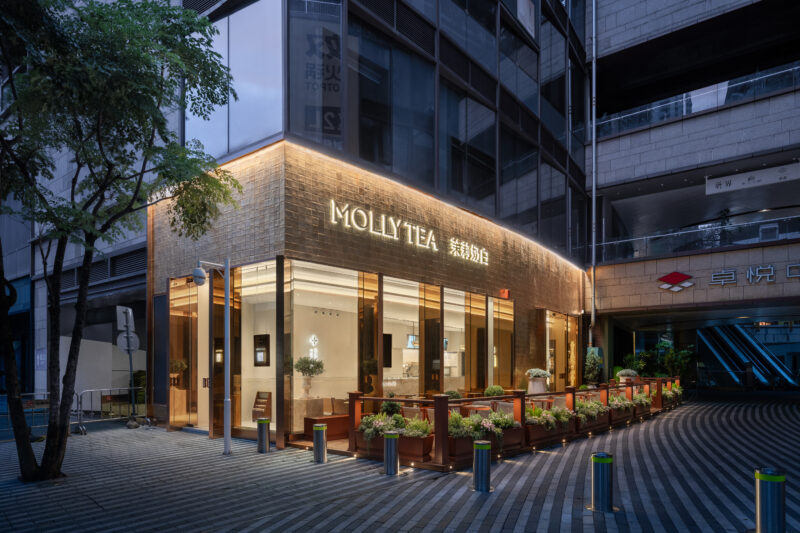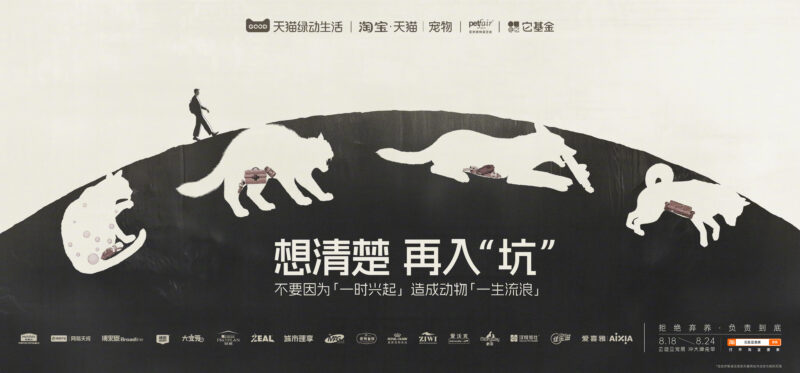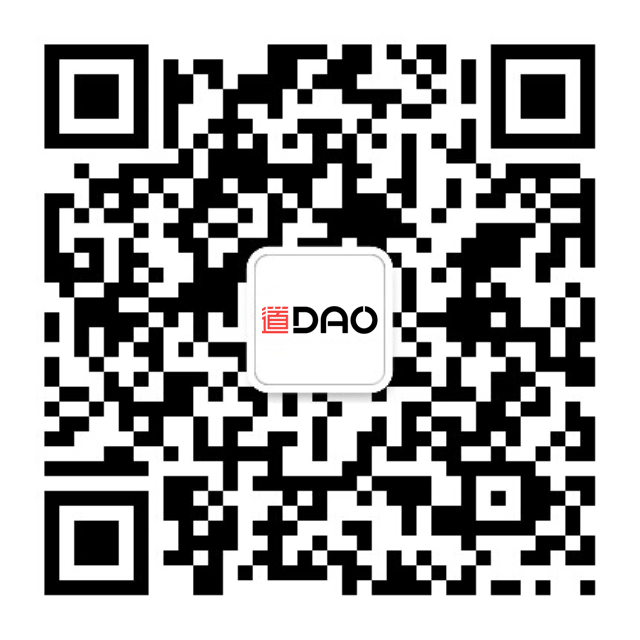In the past decade, China has witnessed an explosion of ‘new-style tea’ brands, transforming a centuries-old tradition into a booming modern lifestyle trend that stands to rival coffee culture in scale, influence and scope.
One brand that’s risen this wave to near-household-name status is Chagee (霸王茶姬). They came out of Yunnan – the heart of the old Chinese tea trade – and in just eight years are doing the kind of numbers that most companies take decades to achieve: 6,440 stores globally, annual revenue of RMB 12.41 billion (USD 1.7 billion), 300 million sales of their signature jasmine milk tea in 2024 alone.

Even more stunning are the humble beginnings of the company’s founder Zhang Junjie who, orphaned at age ten, taught himself to read while working twelve-hour days at a milk tea store, then took over a failing tea shop and grew it to what we now know as Chagee, making himself a billionaire by 30.
But the Chagee success story is down to more than one man’s drive. On their rapid rise they’ve honed a marketing strategy that’s at once simple and very effective.
Don’t compromise on product
Chagee was a big hit on the Chinese market because it kept things simple: just fresh tea leaves, milk and sugar. Using fresh tea leaves was important as it brought Chagee success in positioning itself as a healthier alternative to the competition. Around this ethos, they built a small range of key products and framed them as must-try items.
As the brand grew, they stuck to their formula – even when it came to international expansion. What was a signature flavour became a unique flavour, one that stood out against the backdrop of salted cheese foams and high-sugar brews that the rest of the Asian market was putting out.
Chagee know collaboration is key
Chagee picked Malaysia as their first point of international expansion. To get in front of local consumers they partnered with wickedly popular Malay sports star Lee Chong Wei. Alongside Lee’s endorsement they collaborated on a range of teacups with pride-of-the-nation pewterware brand Royal Selangor, successfully aligning themselves with luxury.


Tea brands aren’t strangers to this kind of strategy – collaboration is pretty much the cornerstone of HEYTEA’s marketing. Whereas HEYTEA neatly co-opts the spotlight from trending IPs and celebs, Chagee successfully manages to share in the attention of what you might call ‘legacy’ figures: icons, whose shine is long-standing and unlikely to be diminished. As a result, Chagee gives itself vast amounts of credibility. You could also argue this marketing strategy brings them a ‘legacy’ image well beyond their years.
Chagee leverage the attention economy
The social-media economy with its flash-in-the-pan viral moments isn’t one Chagee ignored. When they sought social-media engagement, they did so best by tapping into viral trends: blind-box offerings serve as a prime example.
Blind boxes are a popular packaging method going back to Pokémon cards and probably before. The idea goes that you box up a random assortment of offerings – in Chagee’s case, tea – and sell them as a surprise. Consumers don’t know what they’re getting until they open the box. Pop Mart also saw some success packaging products for the Chinese market this way. In both cases, online engagement was massive.
Another of Chagee’s big social media success stories would follow the ethos of their product range by keeping things simple. In this case they simply opted for novelty: offering one-litre teas. Then, when the concept had whipped up the attention of netizens on Rednote and Weibo, they doubled down on past successes to offer one-litre blind boxes and created even more of a storm.
Social media’s spotlight doesn’t last long, but when it shines on you, make it count.
Be yourself


In a market dominated by playful, light-hearted branding, Chagee stands out by blending heritage and modernity. Its branding draws on Chinese tradition – muted tones, minimalist design, and elegant motifs – offering a refined alternative to the competition.
This allowed Chagee to position itself as a luxury tea, a market it opened and expanded itself rather than won from its rivals. That luxury image got Chagee the Royal Selangor collaboration that launched it in Malaysia. It also landed Chagee spots in K11 malls when it expanded into the rest of Southeast Asia.
At the same time, Chagee keeps its offerings accessible to everyday consumers: core drinks remain affordably priced, those signature flavors don’t change. Balancing aspirational luxury and affordability allows the brand to appeal to both trend-conscious youth and more discerning tea lovers, securing it a unique spot in the booming new-style tea market.
Chagee’s recipe for lasting success
Chagee’s ability to astutely align themselves with luxury markets, leveraging strategic collaborations and social media fame has worked so far. The fact that they worked in a Chinese market already saturated with tea brands, and Asian markets with differing tastes is as much a testament of smart marketing as it is product.
This year Chagee opened its first U.S. store in Los Angeles. It also made public its plans to expand to 100 countries and regions. Having conquered much of China and Southeast Asia, Chagee is now setting its sights further afield. Its next chapter is about proving that its formula – heritage, simplicity, and aspirational branding – can resonate beyond Asia’s borders.









